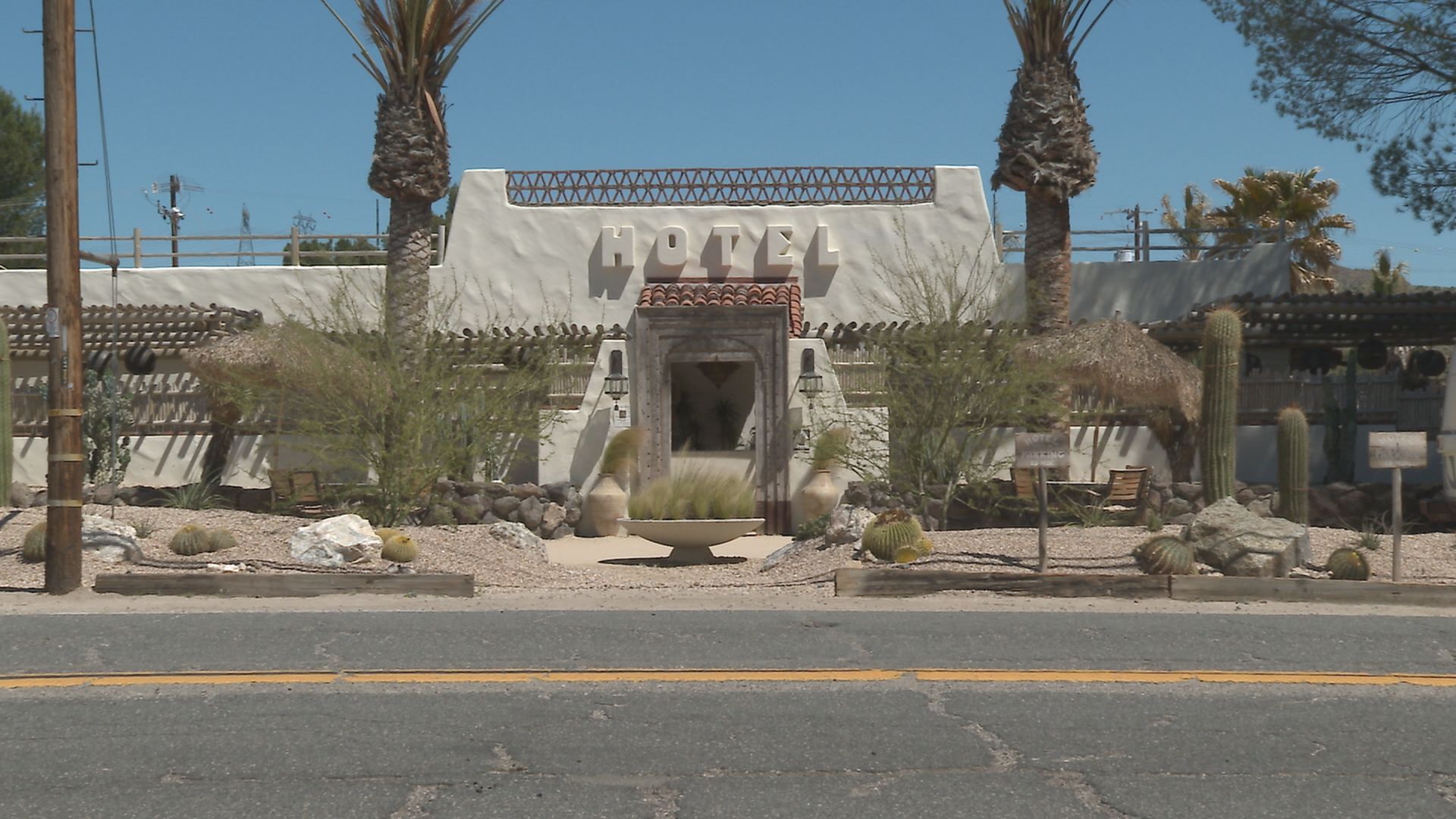In the six years Michael Bouman has worked in San Diego’s construction industry he's experienced his fair share of danger.
“On hot days like today, for sure, it's a tough one,” Bouman said.
Bouman remembers seeing countless co-workers over the years suffer from heat exhaustion, in some cases even leading to heat stroke
“You’ll overheat without even knowing,” said Bouman. “People will just all of a sudden, you know, start talking and you’ll think, ‘that person is a little confused sounding.’ That's how you can notice some of the symptoms of heat stroke.”
Get San Diego local news, weather forecasts, sports and lifestyle stories to your inbox. Sign up for NBC San Diego newsletters.
Heat contributes to more than 600 deaths in the U.S. each year, according to the CDC.
“It's one of those things that really creeps up on you,” said Bouman. “When you’re working super hard and you’re not really paying attention to things, you're just kind of grinding the day away.”
With temperatures set to reach the triple digits in parts of the county experts are warning you should know the signs.
Local
“[A] low-grade fever can happen when you have heat exhaustion, so like 99, 100 degrees or so,” said Vi Thuy Nguyen, MD, Kaiser Sustainability Green Team. “Feeling like your mind is not quite working right. You know, dizziness, nausea, vomiting, muscle cramps.”
Nguyen says heat exhaustion is more common than we may think. She says identifying the symptoms before they lead to a heat stroke is key.
“Make sure you take care of yourself during the day; eating, and drinking enough,” said Nguyen. “And then when you don't feel well, stop. [If] you just feel a little dizzy, or thirsty drink [water and] get yourself into a cool place.”
Also important, Nguyen says, is looking out for those working with or around you.
Advice Bouman says he lives by.
“You have to have coworkers who are looking out for you, you know what I’m saying, and just making sure that ‘OK, this guy is level-headed, he’s still working hard, his muscles aren’t strained, things like that,” said Bouman.
In 2005, California became the first state to establish a standard to protect outdoor workers from heat exposure. Under this standard workers must have access to fresh, free drinking water, workers must be allowed to take preventative cool-down breaks in the shade and employers must have a heat illness prevention plan in writing.



